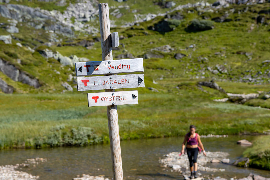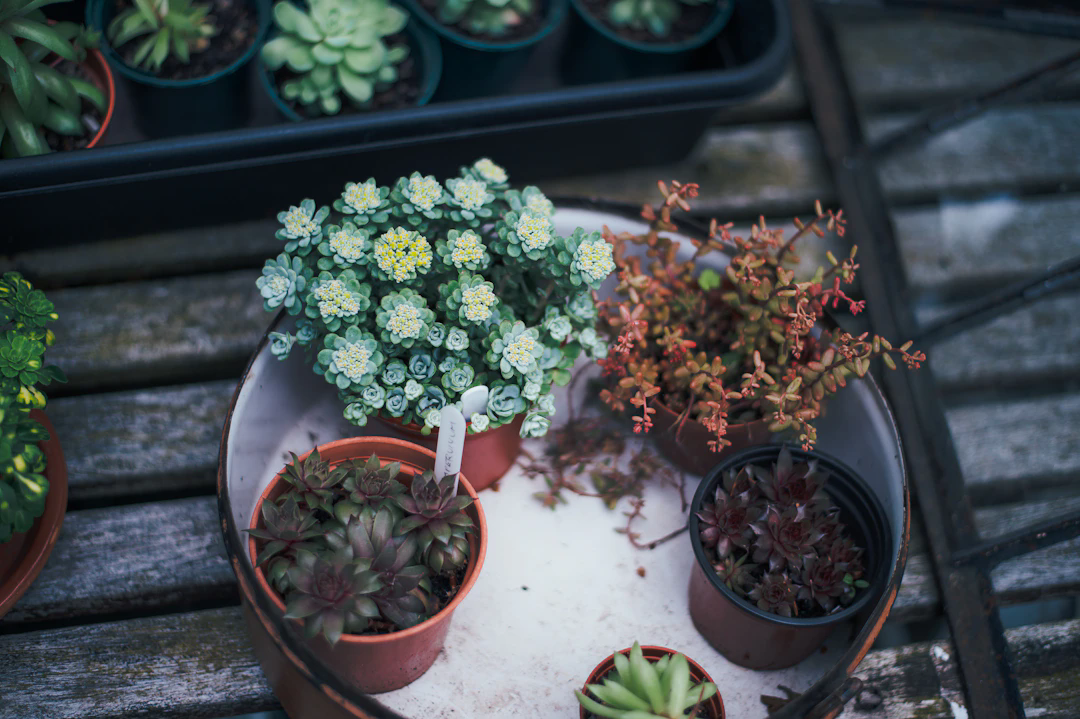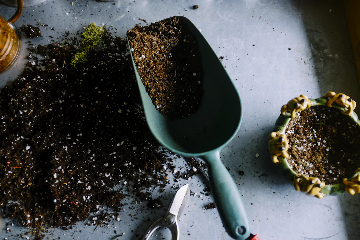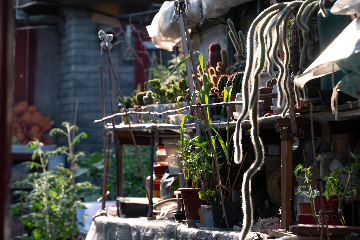Anyone embarking on a garden makeover in Seattle—or anywhere with rich seasonal change—quickly learns that the best outdoor spaces marry planning with a touch of personality. From my little studio corner, where marine charts share space with watercolor palettes, I've noticed: gardens, much like ocean ecosystems, thrive when you observe before you act. Take a season (or two) to note how light travels across your yard, pause by the windier corners, and scoop up a handful of soil to check its texture.
Once you’ve sketched out sun patterns and soil quirks, it’s time to think structure. Paths, patios, and gathering spots are your skeleton, guiding both people and plants. Opt for pathways that follow your footsteps—literally. I walk my imagined garden routes first, finding where my boots naturally want to tread. High-traffic areas? Think durable, wide paths. For tucked-away benches or reading nooks, a meandering gravel line feels just right.
Now, let’s talk about the unsung heroes: boundaries. A fresh coat of paint on a tired fence or a newly trained vine can breathe life into the perimeter. Privacy matters when you want your green space to feel like a sanctuary. Use local evergreens for year-round shielding, then polish the borders with plants chosen for their foliage as much as their blooms.
Mapping your current garden on paper is more than an exercise in geometry—it’s the chance to capture and keep what already works while setting up future improvements. Note every shed, tree, and odd corner. I always include irrigation lines and power sources if you plan for mood lighting or a bubbling water feature (rain barrels are worth their weight in worms!).
Plants: Personality, Structure, Flow
Plants form the brushstrokes of your garden’s story. Remember: soil, sun, and Seattle showers mean you’ll succeed best with what suits your microclimate. Native plants, once established, often require less fuss and support local pollinators—a win-win. Take cues from neighborhood gardens or your local extension service for species that shine every month of the year. Layer perennials and evergreens for a tapestry that’s vibrant even in winter.
Want your garden to look curated rather than chaotic? Repetition is your friend. Whether you plant three alliums in a row or echo the same leaf shape, the result is harmony and flow. Use odd numbers for natural clusters, and let different blooms and textures cycle through the seasons for ongoing interest. In my own patch, I let spring bulbs fade so summer perennials can take center stage—a continuous relay of color.
Don’t trash what’s mature! Many plants and hardscape materials can be recycled, donated, or cleverly re-used. In my volunteer work, I’ve seen old pavers get snapped up and relocated into charming new paths. Mature shrubs often find new homes in friends’ gardens, continuing their stories elsewhere.
Balance beauty with manageability. If you’re time-poor (and who isn’t at least sometimes?), consider planting low-maintenance natives or drought-tolerant species, then use raised beds or containers for quick color or homegrown greens.
Design Decisions and Lasting Enjoyment
Color makes a garden sing—or shudder. Use the color wheel to guide your choices, balancing harmonious blends (like blues and greens) with punchy contrasts (purples beside golds, which I always find unexpectedly lively). Link foliage hues for subtle connections. And always, always check the mature size of your plants—today’s sapling could be tomorrow’s shade giant, asking for more room than you planned.
Lastly, give your garden time to evolve. Expect a few flops and some happy surprises as you learn what thrives in your unique space. Over a few years, you’ll propagate favorites, adjust for gaps in color or interest, and perhaps call in a local professional for bigger projects. And don’t forget, here in Seattle, a connection to rain—and its conservation—is always a wise investment.
| Garden Makeover Tips | Why It Matters |
|---|---|
| Observe your garden across seasons | Maximizes design harmony with environment |
| Plan paths and patios based on usage | Improves flow and function |
| Prioritize native, climate-suited plants | Boosts success and supports wildlife |
| Repeat shapes and colors | Achieves unity and aesthetic appeal |
| Design for maintenance routines | Keeps gardening a joy, not a chore |
With patience, a sketchbook, and an eye for recycling, your garden transformation can be as restorative as any Seattle shoreline walk. Happy growing!
References:
[1] Gardening Know How. "Garden Makeover Dos & Don’ts: Expert Tips For Your Redesign."
Read More

Ingrid Felton
Author
Born in a small coastal town in Maine, Ingrid Felton spent her formative years exploring tide pools and sketching sea birds. She earned a degree in marine biology before transitioning to work as a scientific illustrator, blending her love for the ocean with her artistic skills.
In her thirties, Ingrid moved to Seattle, where she balances freelance contracts with volunteering at local environmental organizations. She is known among peers for her detailed watercolors and her advocacy for sustainable marine practices.


